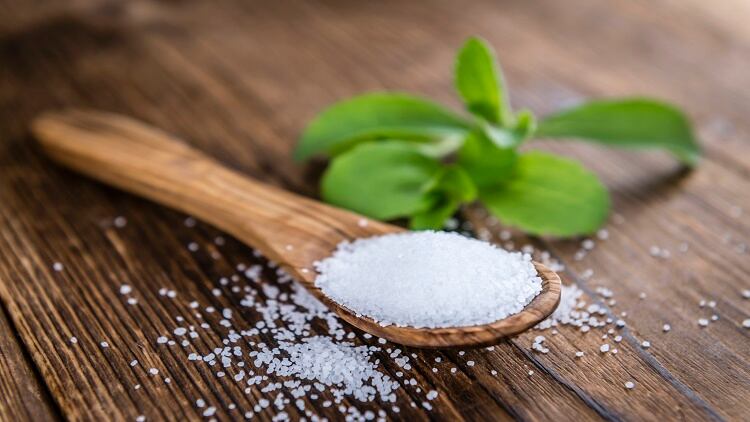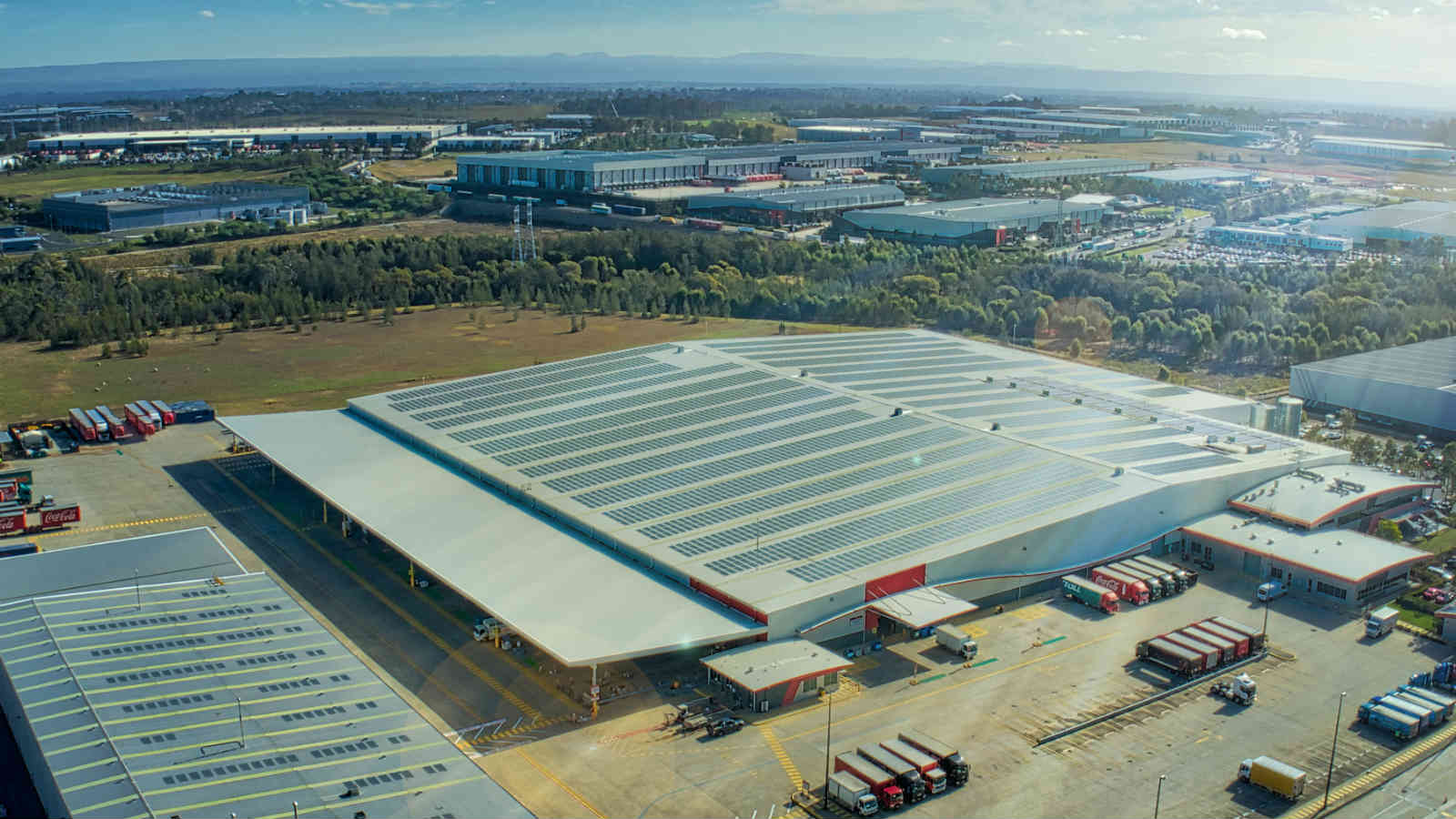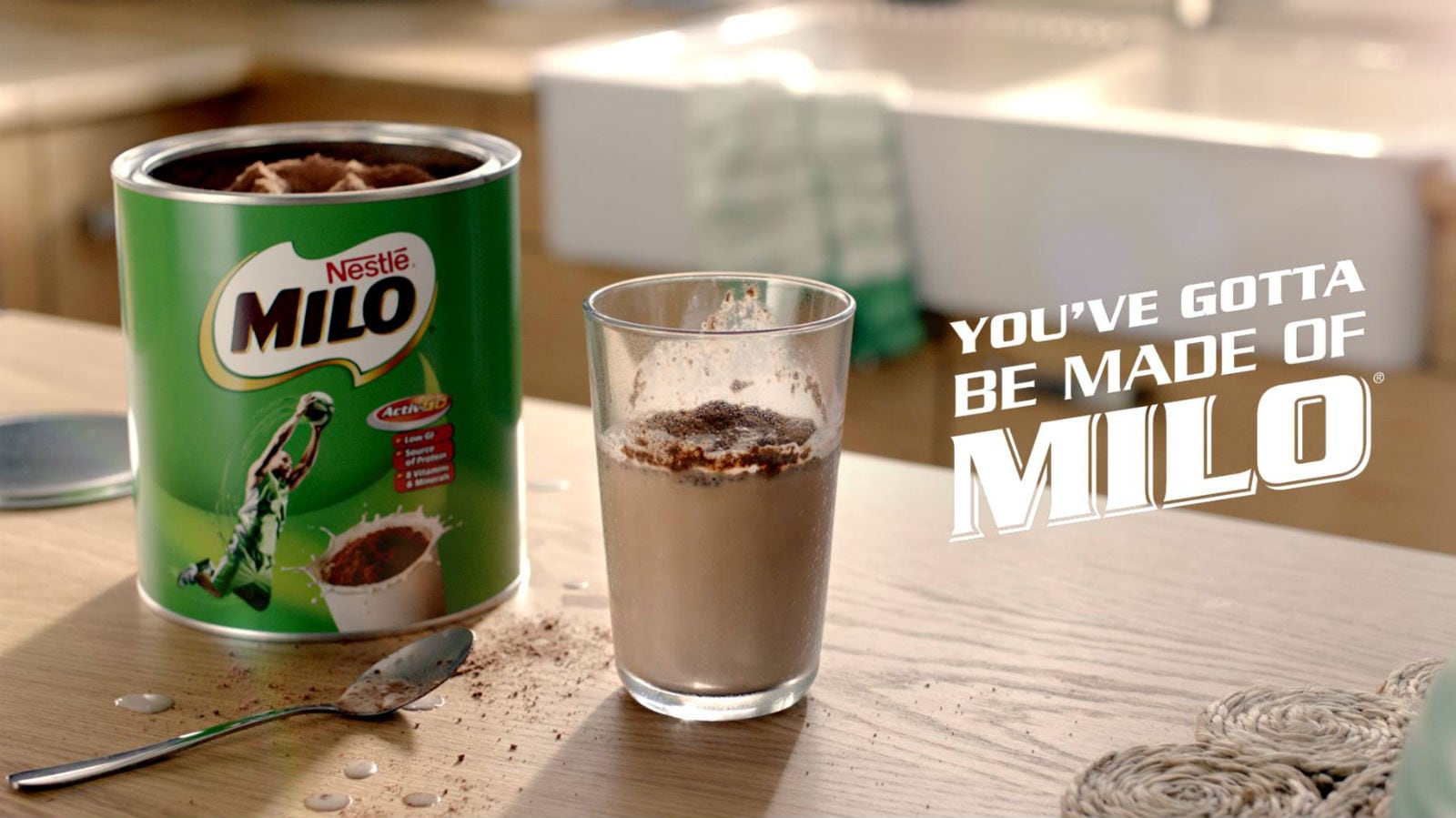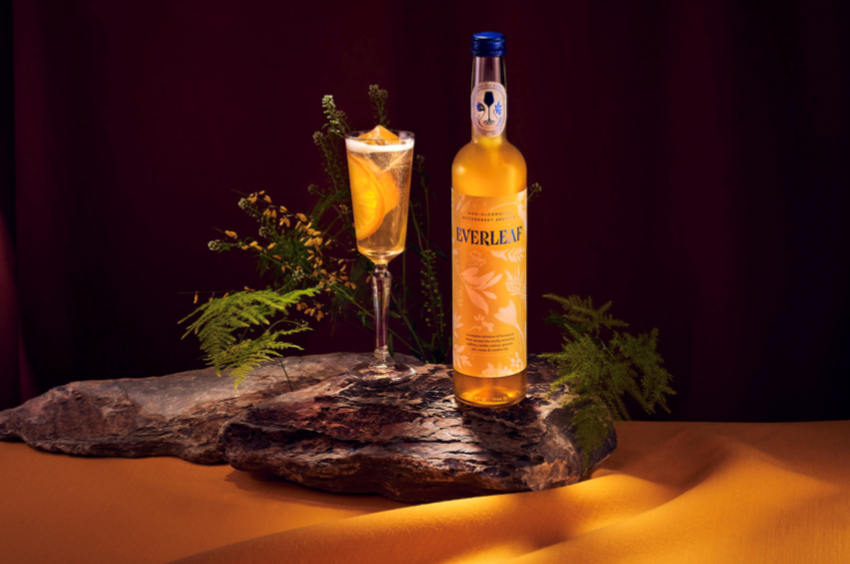Riding on the back of these consumer and regulatory opportunities, the firm plans to cut 13 trillion calories away from consumers’ diets and 100 billion tonnes of carbon footprint with the use of stevia globally, Navneet Singh, the firm’s head of South East Asia told FoodNavigator-Asia.
“Consumers have become more aware of their own nutrition, and they are demanding simpler labels and natural ingredients.
“Companies have an increasing for need natural sweeteners like stevia because consumers, health experts and governments have become increasingly concerned about health concerns like obesity and diabetes,” Singh said.
He said that as a result of this combination of factors, natural sweeteners would be “well-positioned to see increased adoption by global brands”.
He declined to reveal the names of the food firms that they were working with, but said that they included major players which have global presence.
However, Coca Cola is known to be a client.
Region wise, its Reb M stevia leaf was recently approved for expanded use in food by Singapore Food Agency. Through this, he said that the firm hoped to “eliminate 150bn calories from Singapore’s diet in the next three years”, by reducing 10% of the per capita sugar consumption for Singaporeans.
He pointed out that doing so would not only benefit the consumers in terms of controlling their sugar and calorie intake, and that the advantages would also cascade down to different players.
“With this plan in Singapore, we could reduce 30,000 tons of carbon footprint, save 67bn litres of water and 1,400 hectares of farming land. This would also support 1,500 farmers,” he said, elaborating on the idea of a circular economy.
Elsewhere in India, the firm aims to cut 250bn calories from the Indian diet by 2020. The firm also has an application laboratory in Gurgaon, India to meet the demands arising from sugar tax and healthier diets.
The number of new products with stevia is expected to hit a double-digit growth in India, and PureCircle have set sights on the traditional sweets market in India.
“The story of stevia is evolving. Not long ago, it was viewed as a plant-based, zero-calorie, single-ingredient sweetener which worked well in some beverage and food applications.
“With the increase in availability of the most sugar like stevia leaf sweeteners, there has been growth outside into several important categories, including carbonated soft drinks, ice cream, baked goods, flavored and sparkling waters, ready-to-drink teas and coffees, yogurt, flavored milks and many other food and beverage products as well as tabletop sweeteners,” he added.
Market share
PureCircle has planted one billion seedlings last year across 6,000 hectares of farm land globally, making it a major stevia player in the world.
“The global sweetener market is US$70bn, of which, sugar accounts for US$60bn, high fructose concentrate accounts for the next US$7bn, and artificial sweeteners, including sucralose and aspartame accounts for US$3bn. Then you have US$200m market for natural sweeteners, which is where stevia is, and PureCircle has about 80% share of that market.
“We planted one billion seedlings last year. We covered about 6,000 hectares of land globally, producing about 18,000 tonnes of stevia dry leaves. This is the scale at which we farm,” Singh said.
The company farms stevia across the world, including North Carolina in the US, South America, East Africa, India, China, and Philippines.
Global product launches
More than 4,400 new products containing stevia were launched last year and APAC is leading the pack, according to data from Mintel.
The top two regions last year were APAC (42%) and Europe (21%), followed by Latin America, North America, and Middle East and Africa.
Most of the stevia launches came in the form of snacks, followed by beverages, juice, and dairy.





